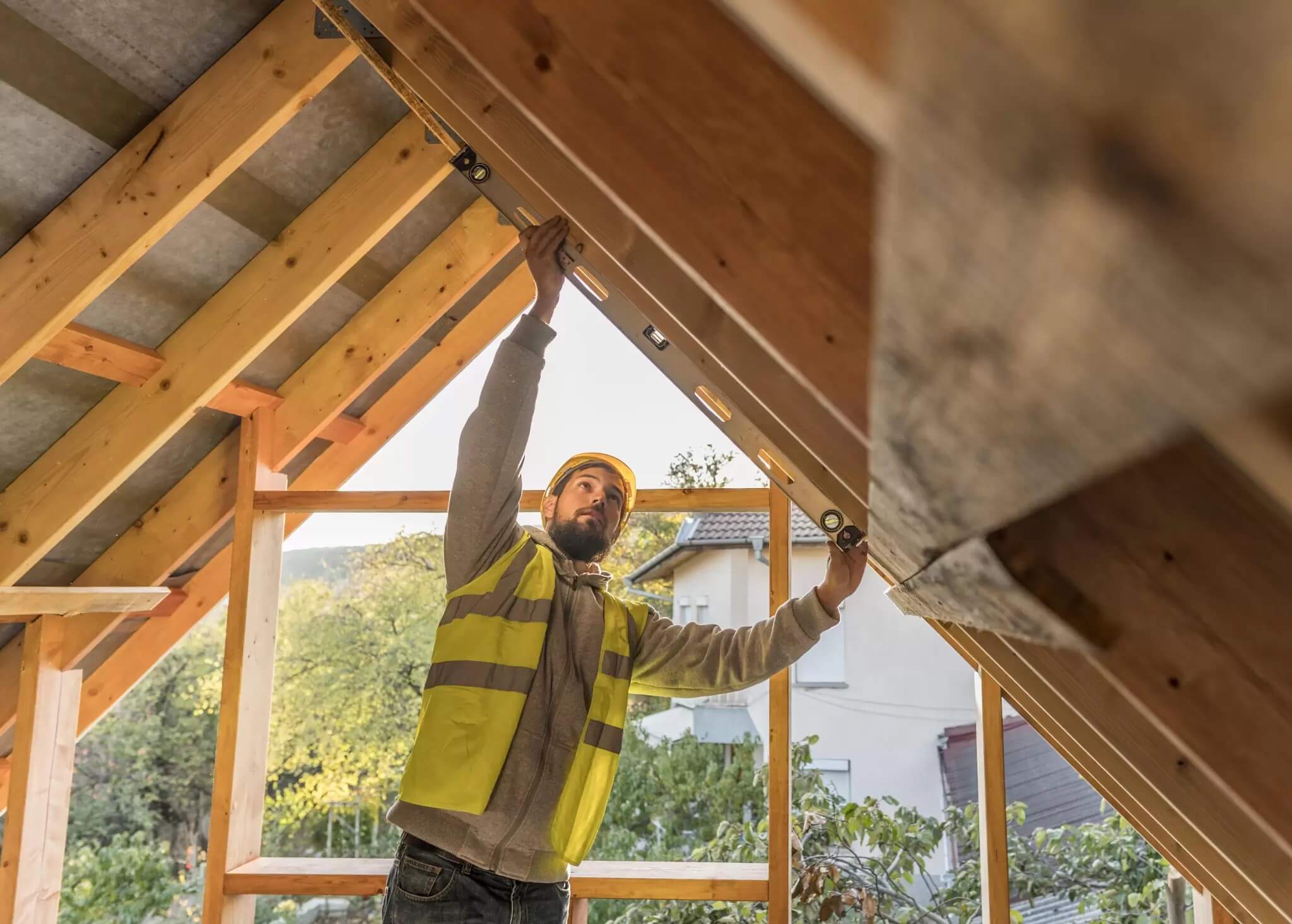
Your roof isn’t just the top layer of your home – it’s a complex system working hard to protect everything underneath. Those rafters, flashing, and other parts you rarely see? They’re all crucial pieces of the puzzle. If you’ve ever wondered why quality roofing services matter, understanding how these components work together explains why proper maintenance can save you thousands down the road. Let’s break down what makes up your roof and why each part matters to you.
When it comes to what covers your roof, you’ve got options. Asphalt shingles remain a popular choice because they’re affordable and challenging, plus they come in styles to match any home. Metal roofs cost more upfront but can last decades longer while standing up to nasty weather. Clay tiles give homes that gorgeous Mediterranean look while providing excellent protection.
Wood shakes offer natural beauty that ages gracefully, though they’ll need more TLC over time. And slate? It’s the premium option that can literally outlast your home. Your choice depends on your budget, style preferences, and how long you plan to stay put.
Under those shingles lies the backbone of your roof. Rafters create the slope, running from peak to edge like ribs supporting everything above. Trusses spread weight evenly, preventing stress points that could lead to sagging or collapse. Support beams add extra strength where needed, especially in larger homes.
This hidden framework determines how your roof handles heavy snow, howling winds, and the simple passage of time. When builders cut corners here, you’ll eventually notice problems no matter how pretty your shingles look.
Ever wondered why proper airflow matters in your attic? A well-ventilated roof keeps temperatures balanced and moisture at bay. Think of it as your roof’s lungs – intake vents near the bottom let fresh air in, while exhaust vents at the top release heat and dampness. This constant airflow prevents summer heat from warping your roof and winter moisture from rotting it from within.
It also keeps your energy bills in check by reducing how hard your AC must work during hot months. Many roof problems stem from poor ventilation that most homeowners never notice until damage has already started.
Water always finds the weakest point – that’s where flashing comes in. These metal pieces create watertight seals around chimneys, vents, dormers, and valleys where water naturally collects. Made of materials like galvanized steel, aluminum, or copper, suitable flashing directs water away from vulnerable spots.
Poor flashing installation is behind most roof leaks, even when shingles are in great shape. Professional roofers pay special attention to these details because they know a tiny gap can lead to significant damage inside your walls and ceilings over time.
When rain hits your roof, where does it go? Your drainage system handles this critical job. Gutters catch water running off the edge, while downspouts direct it safely away from your foundation. Without this system, water would pour straight down your walls, seep into your basement, and potentially undermine your home’s structural integrity.
Regular gutter cleaning prevents clogs that force water where it shouldn’t go. Many homeowners overlook their drainage system until problems arise – by then, repairs often cost far more than simple maintenance would have.
Don’t wait for leaks to appear before thinking about your roof. Contact local roofing professionals for a thorough inspection that covers all these critical components. They’ll spot potential issues while they’re still minor fixes rather than major repairs. Your roof protects everything you value inside your home – make sure it gets the attention it deserves before you’re dealing with water damage, mold, or worse.
Share :
Jacksonville
4600 Touchton Rd Building 100, Suite 150, Jacksonville, FL 32246, United States
Orlando
37 N Orange Ave #500, Orlando, FL 32801, United States
Tampa
5401 W Kennedy Blvd., Ste 100, Tampa, FL 33609
Venice
1101 Tamiami Trail S, Ste 100T, Venice, FL 34285
Monday – Friday: 9:00 AM – 5:00 PM
Saturday – Sunday: Closed
Subscribe to our newsletter for the latest updates and offers.